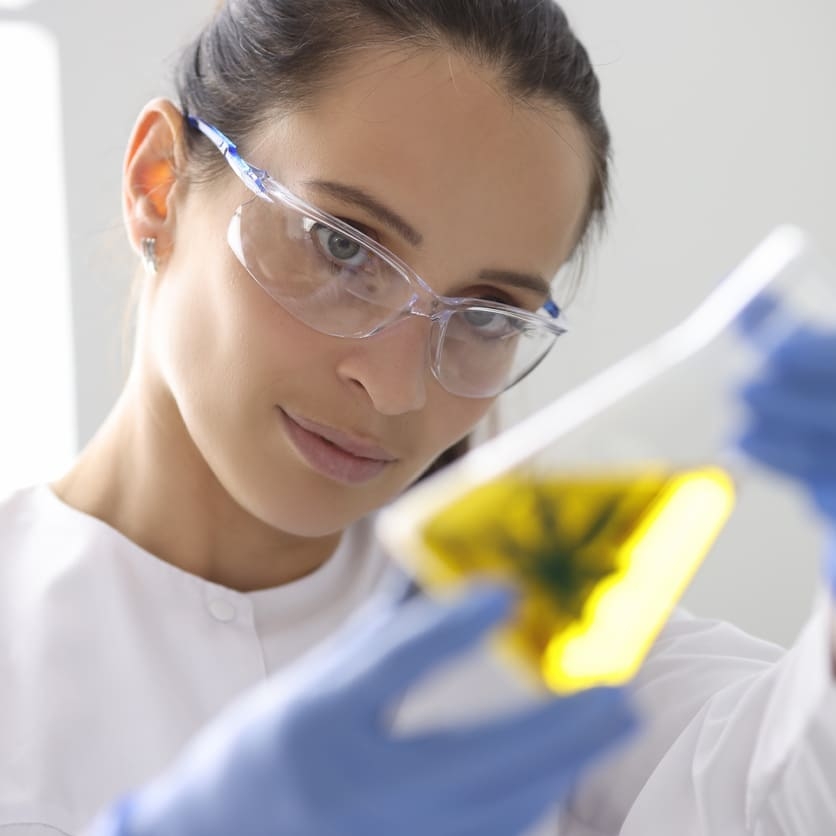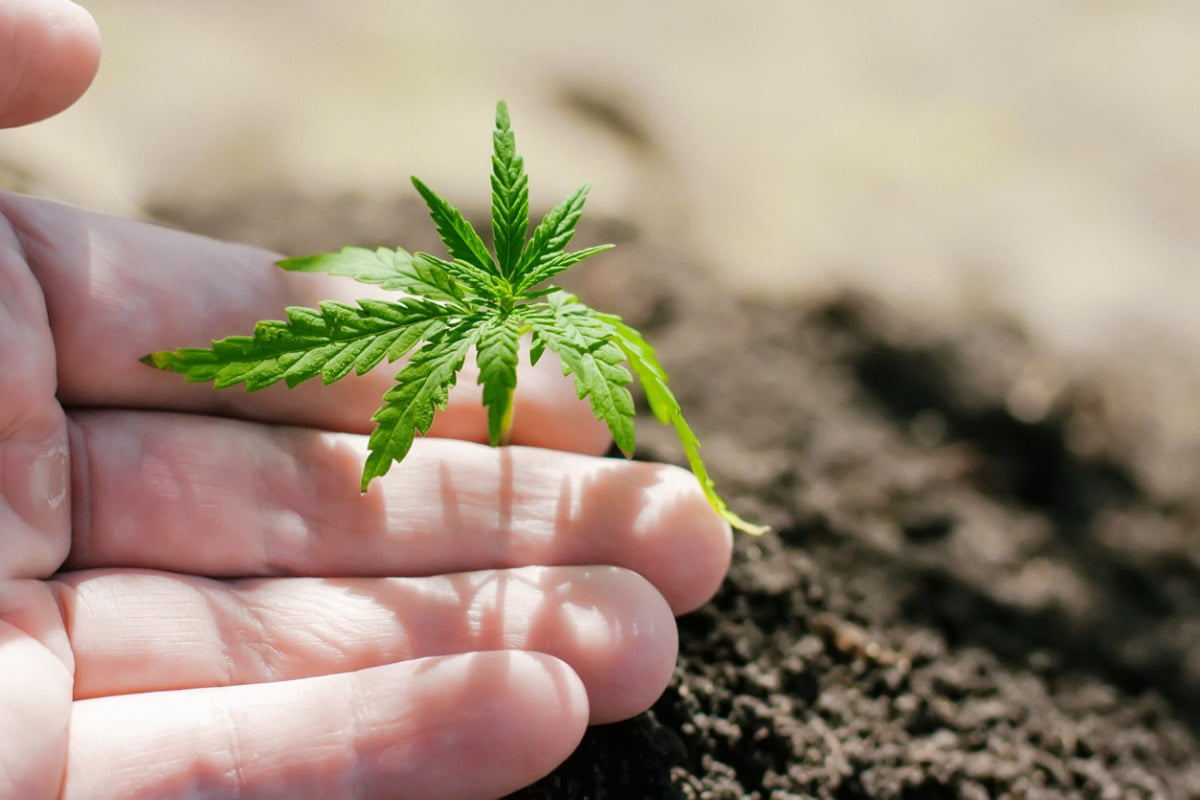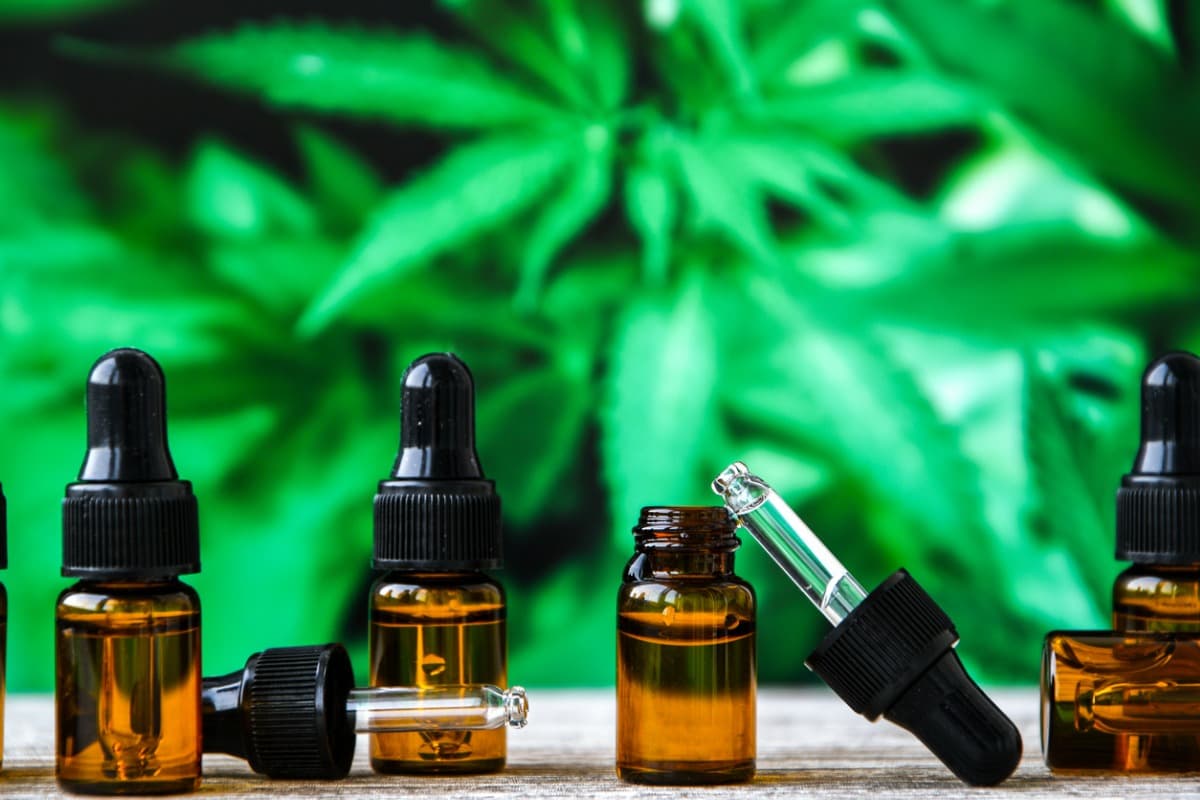CBD is produced in various factories that are subject to strict restrictions at the European Union level. Indeed, the products must be designed according to the rules and pass numerous quality controls before being put on sale.
How is CBD produced in Europe?

The acronym CBD stands for cannabidiol, a substance found in the cannabis plant. Well known for its therapeutic effects, CBD has only been gaining in popularity in recent years. And for good reason, it has been attributed with an infinite number of virtues; anti-inflammatory, analgesic, anxiolytic and many more.
Before being released in shops and on the internet, CBD is produced in different factories that are subject to strict restrictions at the European Union level. Indeed, products must be designed in compliance with the rules and pass numerous quality controls before being put on sale.
In this article, we invite you to discover the different processes of CBD manufacturing, from the cultivation of the plants to the finalization of the product through harvesting, drying or processing. Finally, we will go into more detail on the rules and controls put in place by the European Union directives to authorise CBD for sale.
The stages of CBD production
The cultivation of hemp generally takes place between March and October. In order to obtain a high quality product, many criteria must be taken into account during the cultivation process such as the quality of the cannabis strain to be planted or the quality of the soil and ambient air.
Before being presented in shops and on the internet, CBD must go through several manufacturing steps. These CBD production steps must be carried out in the right way in order to obtain a quality result that meets the required standards. Find out more about the manufacturing process of CBD below.
Germination

The first step in production is to plant the hemp seeds in the ground. A delicate operation that can only be carried out if all external conditions are favourable for germination: temperature, pH, humidity, etc. When the sprout appears, it is then time to put it in the ground.
The growth
For 2 to 8 weeks, the plant enters the growth phase. This is also known as the "vegetative phase" or "stretching phase". During this period, the plant grows and its water supply must be increased.
The flowering phase
The flowering phase can last between 6 and 8 weeks. During this period, the plant receives less light and the resinous heads gradually begin to flower.
Harvesting
The harvest phase can last between 6 and 8 weeks.
The harvest
When cannabis plants are harvested at maturity, growers can prune and dry them. Once dried, CBD flowers can be kept intact and sold that way. But most of the time, CBD flowers and other parts of the plant are processed to produce CBD oils, resins, crystals and other CBD-based products.

Extraction of CBD
Extraction is a step that takes the CBD out of the plant in order to transform it into a new form. The different types of CBD extraction are as follows:
CO2 extraction
This is the extraction method most commonly used by manufacturers. The CO2 is subjected to very low temperatures that make it liquid. The CBD leaves are soaked in this liquid which will release the active ingredients in the form of vapour. This vapour is transferred to another chamber where the components are sorted out, among which is the CBD.
Although this method is expensive and complex, it results in a final product of unmatched purity.
Solvent extraction
Many chemicals can be used for this extraction process, such as butane, propane, ethanol, isopropyl or alcohol. CBD leaves are immersed in one of these elements, which will release the cannabinoids as a vapour, which will then be recovered as an oil.
.
However, it should be noted that the use of these flammable elements can be very dangerous. For this reason, only professional hemp producers are able to carry out this process safely.
Edible oil extraction

The final method is extraction with edible oil such as olive oil or sesame oil. CBD leaves are dipped in oil and heated for several hours. The cannabinoids are released and bind to the fats in the oil used. Then the infused product is cooled and filtered to extract the CBD.
This natural method is the least used by the industry.
Quality controls
In Europe and around the world, CBD is subjected to numerous quality tests by independent laboratories. These controls make it possible to verify the absence of THC (tetrahydrocannabinol), the psychoactive molecule in hemp, but not only.
In fact, the absence of THC is not the only concern of the authorities. For example, some laboratories such as Endoca check the absence of synthetic agents in order to certify a 100% organic product. Other controls check for the absence of microbial life and mould.
One of the most reassuring certifications is ISO 22000. It is based on a set of very strict food standards, tolerating no deviation and requiring complete transparency. So you can be sure that an ISO 22000 certified bottle has full traceability of its manufacturing process, and that the process is beyond reproach.
The rules to follow
With regard to the presence of THC, jurisdictions are instructed to tolerate the presence of THC in a CBD product, provided that it never exceeds 0.2%. At this level, the presence of THC is considered too low to confer any psychoactive effect on the consumer, and is therefore safe.
In UK, only certain categories of hemp are allowed to be grown.Producers are therefore limited to a list of varieties. Moreover, it is forbidden to practice a commercial action using cannabis leaves within UK. Therefore, CBD must be extracted from the stem or the seeds.
Finally, this strictness towards cannabis production is as beneficial for consumers as it is for sellers, as it ensures that high-quality and completely harmless products are available for sale.
